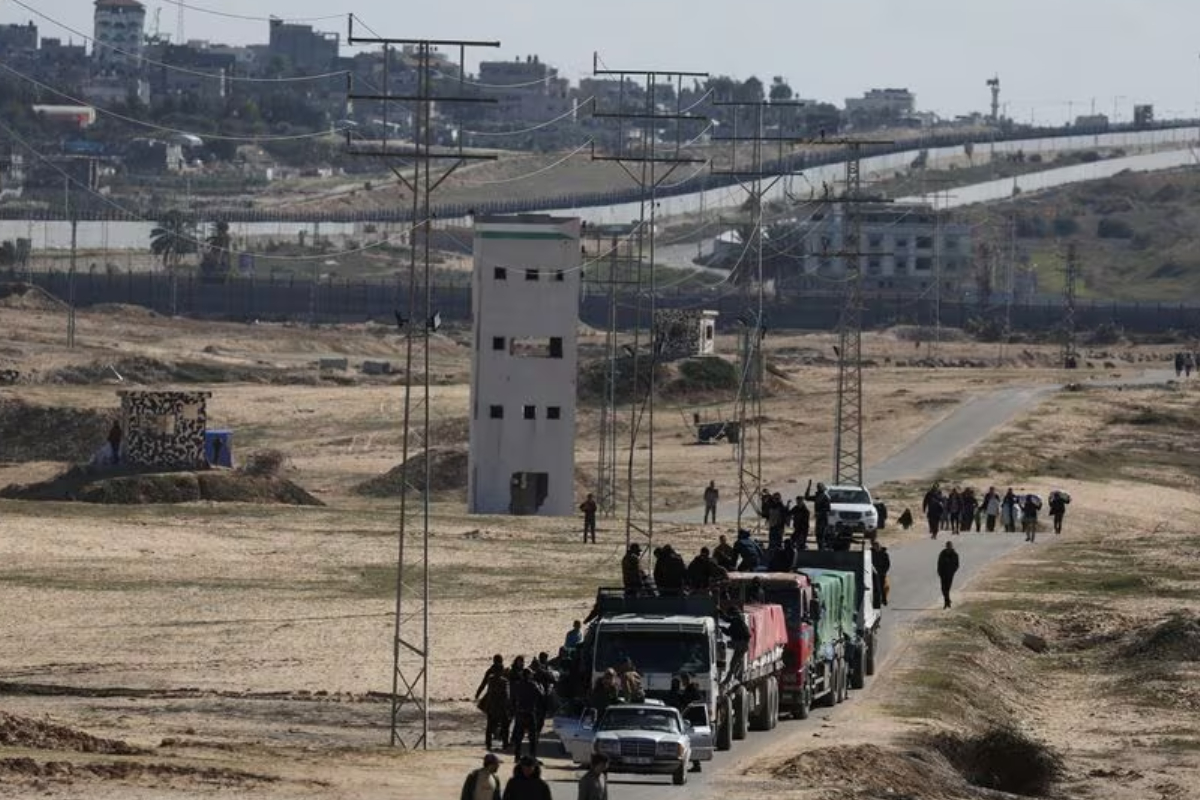Gaza’s destruction will take decades to reverse: UNCTAD
NEW YORK: Israel’s war on Gaza has resulted in an unprecedented level of destruction to its economy which will take tens of billions of dollars and decades to reverse, UN trade and development body, UNCTAD, said in a new report.
The preliminary assessment of the social and economic impacts of the conflict examines Gross Domestic Product (GDP) loss, recovery timelines and the enduring effects on poverty and household expenditure.
It is estimated the annual GDP of Gaza declined by $655 million last year, equivalent to 24 per cent of overall GDP.
“The possibility and speed of recovery in Gaza will depend on ending military operation, donors’ engagement and subsequent growth performance,” the agency said.
Gaza has been under blockade since 2007 and had an average growth rate of 0.4 percent through 2022. UNCTAD estimated that the economy had already contracted by 4.5 percent in the first three quarters of 2023.
However, the military operation has greatly accelerated the decline and precipitated a 24 percent GDP contraction and a 26.1 per cent drop in GDP per capita for the entire year, it said.
The report found that if fighting were to stop immediately with reconstruction starting right away, and the 2007-2022 growth trend persisted, it would take until 2092 just to restore the GDP levels of 2022, with GDP per capita and socioeconomic conditions declining.
However, even with the most optimistic scenario that GDP could grow at 10 percent annually it would still take Gaza’s GDP per capita until 2035 to pre-blockade level of 2006, the report said.
Conditions were already dire in the Gaza Strip, which is one of the most densely populated places on the planet, with more than two million Palestinians confined to 365 square kilometres, or 141 square miles.
The majority, 80 per cent, relied on international aid; two-thirds of the population lived below the poverty line, and unemployment stood at 45 per cent before the war. People lacked adequate access to clean water, electricity and a proper sewage system. Additionally, much of the damage from previous Israeli military operations remained unrepaired.
Restoring pre-conflict socioeconomic conditions will take decades and requires substantial foreign aid, UNCTAD said, noting that the ongoing military operation has displaced 85 per cent of Gaza’s population, halting economic activities and further worsening poverty and unemployment.
Today, nearly 80 percent of the labour force is unemployed, while some 37,379 buildings – equivalent to 18 percent of total structures in Gaza – have been damaged or destroyed.
“The Gaza Strip, half of whose population are children, is now rendered almost uninhabitable with people lacking adequate sources of income, access to water, sanitation, health or education,” UNCTAD said.
The UN agency warned that a new phase of economic rehabilitation could not simply mean a return to the pre-conflict status quo and “the vicious circle of destruction and partial reconstruction” must be broken.
“Gaza’s economic constraints, rooted in 56 years of occupation and a 17-year blockade, necessitate thorough understanding and realistic strategies to unlock its growth potential through measures that include restoring the Gaza International Airport (today inoperable), building a seaport and enabling the Palestinian government to develop the natural gas fields discovered in the 1990s in the Mediterranean Sea off the shore of Gaza to help finance the reconstruction of infrastructure,” it said.
The report also emphasized the importance of providing immediate support to the Palestinian government in efforts to prevent a wider collapse, noting that foreign aid declined from a total of $2 billion, or 27 per cent of GDP, in 2008, to $550 million in 2022, or less than three per cent of GDP.
UNCTAD further underscored that resolution of Gaza’s crises required ending the military operation and the lifting of the blockade, as pivotal steps toward realizing a two-state solution between Israelis and Palestinians.


